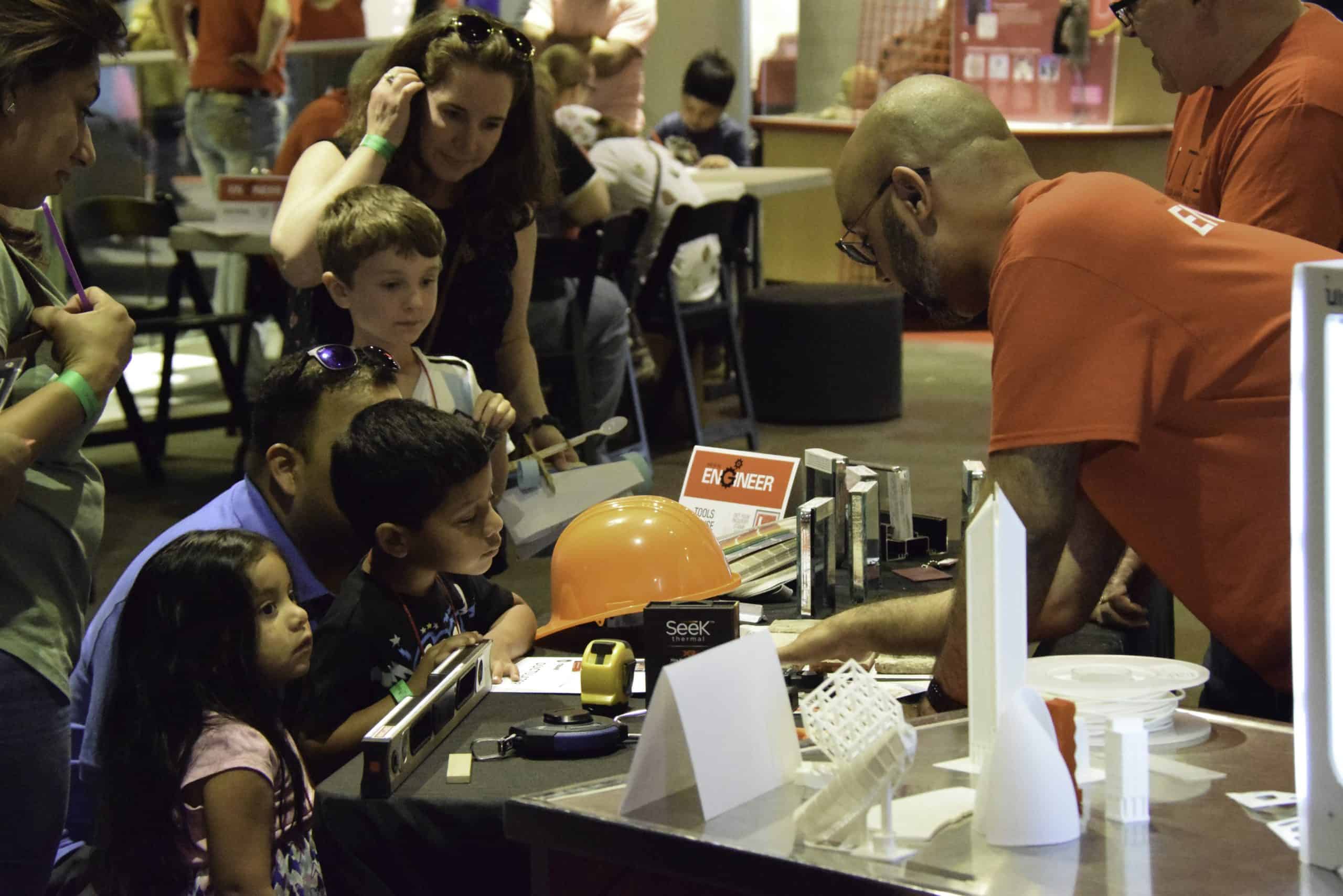March 4th marks World Engineering Day. Proclaimed by United Nations Educational, Scientific and Cultural Organization (UNESCO), the international day serves as an opportunity to increase the profile of engineering and improve the understanding of the role engineering and technology play in modern life and in sustainable development. Perhaps, most importantly, it’s a springboard for awareness-raising actions.
One of the biggest opportunities that lies ahead is the crucial role engineering plays in contributing to a more sustainable future. To address this, Little is working every day toward a goal of designing projects that not only do less harm but ultimately do good – regenerative projects that achieve a successful balance between environmental, economic and human factors. We’re setting benchmarks and measurable goals that impact Health, Energy and Water so that we can ensure we’re fulfilling our 2030 Challenge commitment.
We also know that our future employees will play a critical role in creating a more sustainable future. According to the Bureau of Labor Statistics, the engineering profession needs to grow by 15 percent to meet increasing demand and to replace retiring baby boomers. So where can this growth come from? There is a wealth of potential talent among women and minorities! Women account for about half of the US workforce, but only 27 percent of the STEM (Science, Technology, Engineering, Math) workforce. Black and Hispanic workers are also underrepresented, representing between 7-9 percent of STEM workers. Study after study validates the value and benefits of diversity in the workforce, changing the way teams digest information to make better decisions and accelerating innovation, to name a few.
So how can we fill the pipeline to meet the increasing demand for engineering jobs while focusing on diversifying our workforce and creating a more sustainable future? The following are a few of our recommendations.
Start an Explorers Post
The Exploring program was created by the Boy Scouts of America in 1998 to provide career exploration opportunities for young men and women between the ages of 10-20. With nearly three million students having participated in Exploring since its inception, the program (in partnership with businesses and organizations) provides real-life, hands-on experience in a variety of fields, such as aviation, first responders, healthcare, architecture, engineering, business and art. Explorers “Clubs” are for middle school students, while Explorers “Posts” are for high school students and young adults.
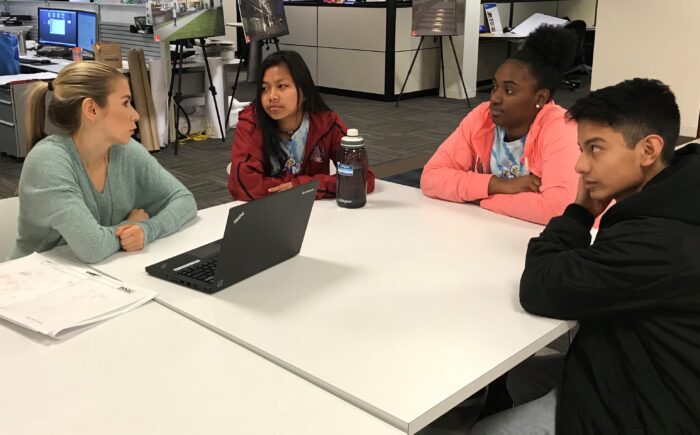
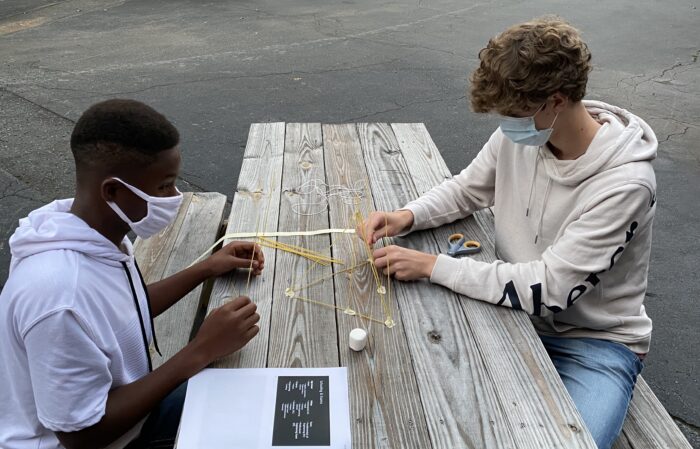
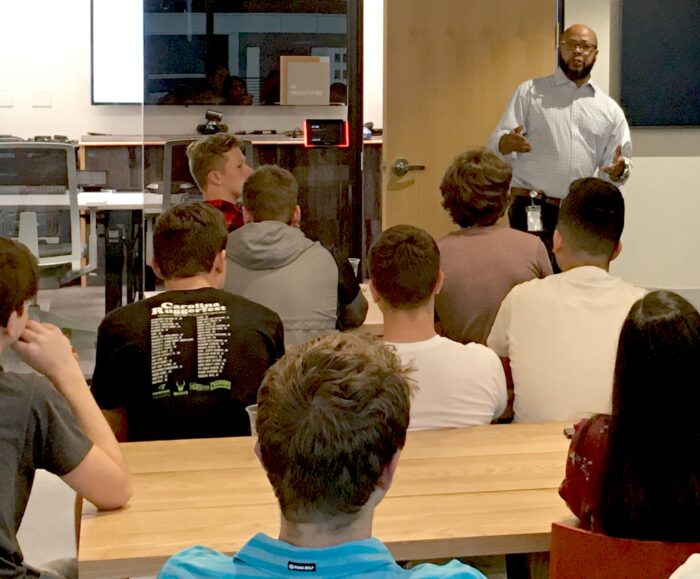
Now in our 6th year, Little’s Engineering Explorers Post* teaches high school students about civil, geotechnical, structural, mechanical, electrical, and construction engineering, and we’ll be adding a session dedicated to sustainability. We also have some industry partners that have helped enhance our educational programs. Geotech night is hosted by ECS at their testing lab, where students can bust concrete cylinders and classify soil. Myers & Chapman, a general contractor, hosts students at an active construction site where they learn how to read plans.
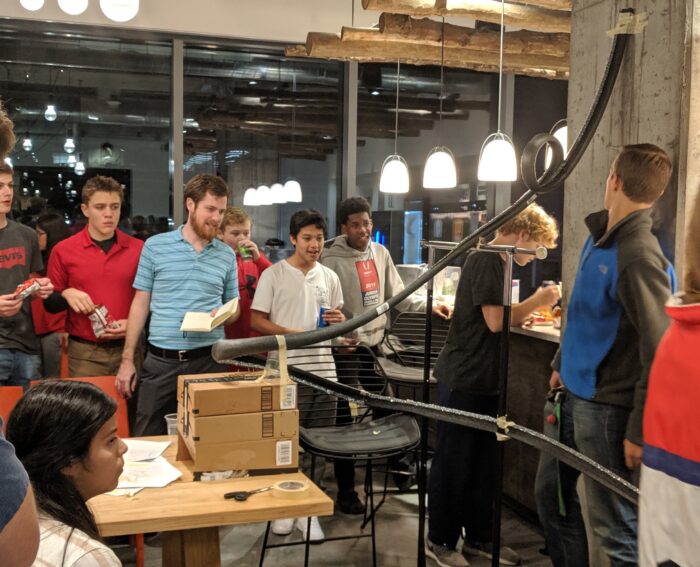
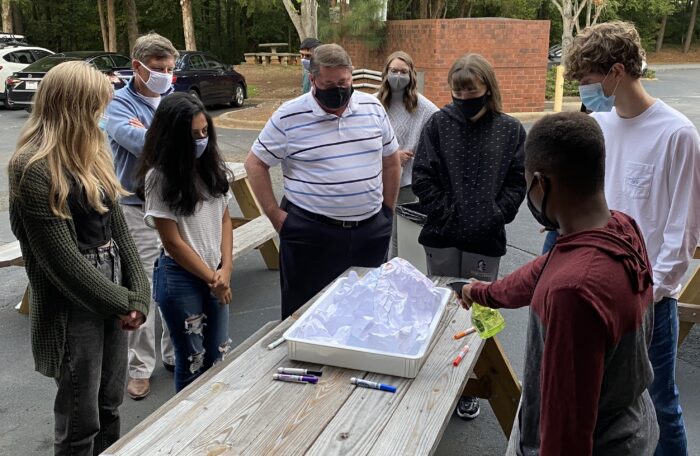
While it takes some effort in formulating activities, witnessing the enthusiasm in students as they learn and engage is well worth the effort! So, reach out to your local BSA Council and find out how you can start a Club, or a Post, or both!
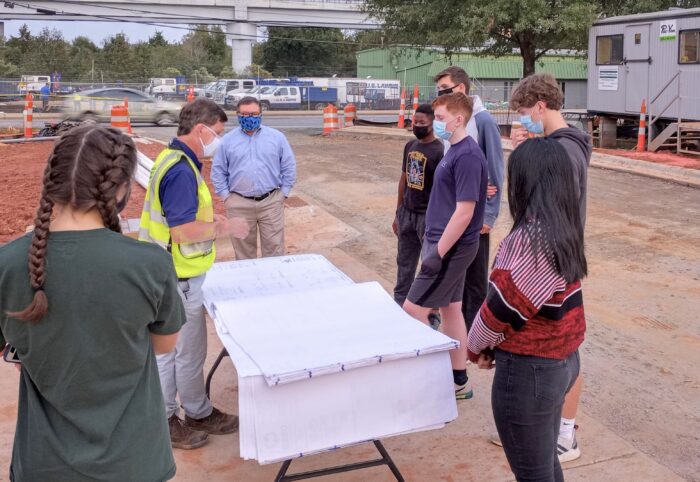
Connect Teachers with Engineering Professionals
The North Carolina Business Committee for Education (NCBCE) has created a free “marketplace” called the Navigator**, where classroom teachers can “shop” for career resources like guest speakers, job shadowing and apprenticeships, worksite tours, career fair participants, and many others. Businesses post available resources that teachers can filter by county, audience age, delivery mechanism, career cluster, and resource type to pinpoint what best suits their needs. It’s the first of its kind in the US, and other states are reaching out to NCBCE for advice on how they can create a similar tool.
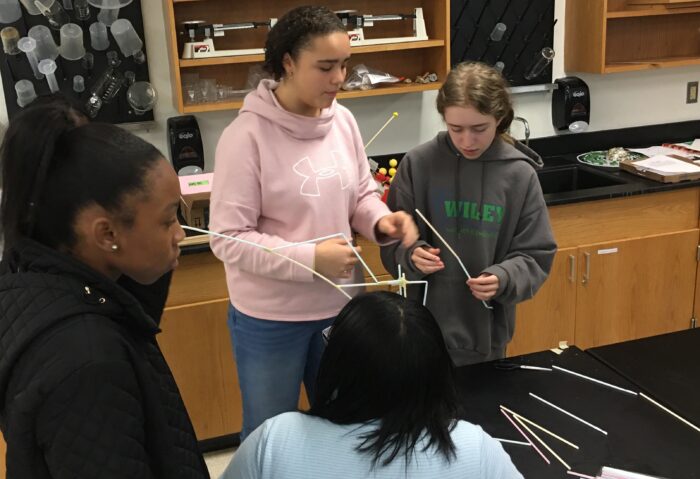
If you’re in NC, I encourage you to register your organization with the Navigator and post resources, especially in STEM fields. If you’re not in NC, see if your state has created a similar resource, or maybe there is a STEM group dedicated to connecting teachers with professionals. 74 percent of teachers say their students lack opportunities to talk with engineers, and many times teachers don’t know how to find engineers (nor do they have time to look, which I can confirm first hand as the husband of a teacher!), so let’s make it easy for them.
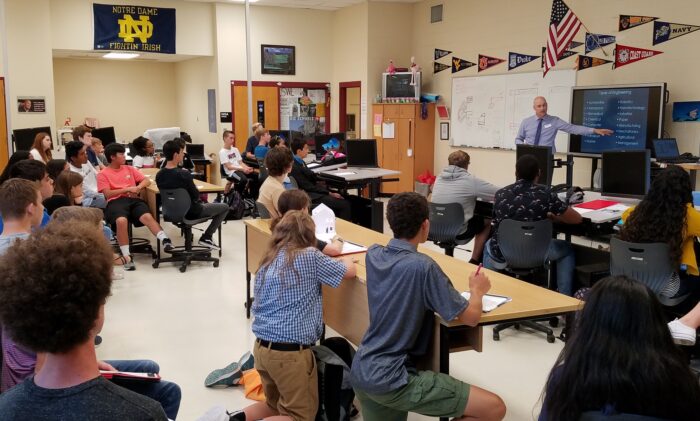
A great place to start is local chapters of state engineering societies. Ask engineers to add their names to a volunteer list. Provide training for your engineers on how to be an effective guest speaker and facilitate fun hands-on activities (see DiscoverE.org for some great suggestions). Reach out to local school districts and find a point of contact who can coordinate with teachers wanting engineers to visit with their students.
Other Ideas to Consider
At Little, we’ve made connections to schools, teachers, Career Technical Education (CTE) coordinators, and counselors -sometimes through a coworker with a student at the school, sometimes at a school we designed, and sometimes it’s just plain luck. Once you’ve established the relationship, there are always students to get excited about engineering. We’ve hosted class field trips, where students see engineers in action at our offices. We’ve hosted students for job shadowing experiences. We’ve visited classrooms and have been guest judges for engineering class project presentations. We’ve spoken to student organizations and taken part in career fairs. We’ve even “taken over” a local science museum – twice! There are all sorts of ways to expose students to engineering!
It’s never too early to plant the seed. I’m amazed at how intuitive kindergarteners are when I show them a color rendered site plan or stack books on paper columns. If you want to focus on girls, concentrate on middle schoolers because that seems to be the age where we lose their interest in STEM. Let them hear from female engineers. If you want to focus on diversity, seek out schools with a higher percentage of people of color and send engineers who look like them.
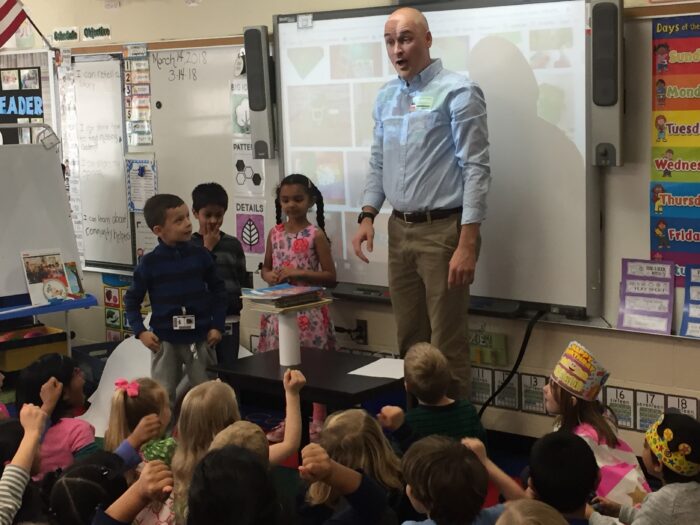
My Final Plea… To fill the pipeline with future engineers, and to be in a better position to achieve a more sustainable future, we as engineers must make outreach efforts a priority and take every opportunity to get kids excited about engineering. If just one student is inspired to pursue an engineering degree because of one outreach event, that’s one more who may not have ever considered our great profession otherwise.
*Last year, Little was recognized by the Mecklenburg County Council with the William Spurgeon Award for Outstanding Contribution to Exploring.
** Because of Little’s early adoption of the Navigator, offering feedback about improvements to the marketplace and process, and providing resources to teachers, we were selected by NCBCE as one of four Work-Based Learning Champions of 2019.
SOURCES:
https://www.bls.gov/careeroutlook/2018/article/engineers.htm
